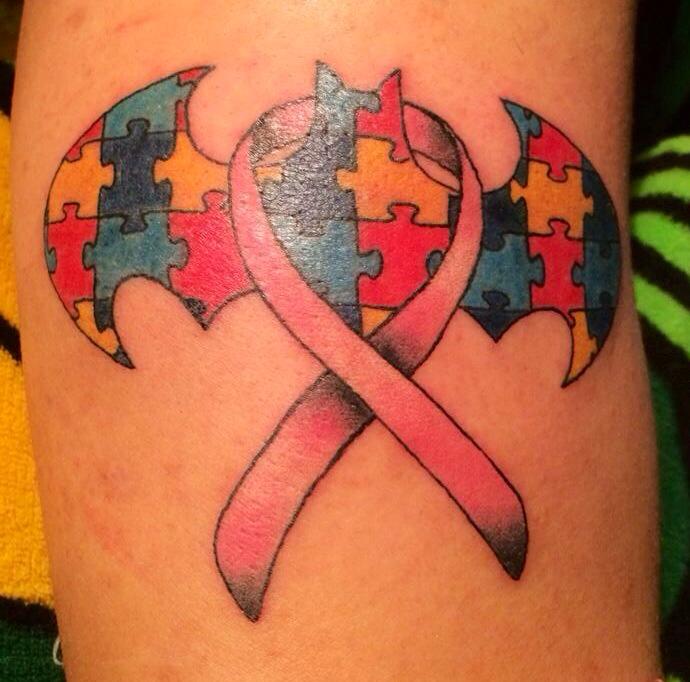
An Oregon State University researcher has found a relationship between motor skill deficiencies and the severity of the symptoms of autism spectrum disorder in very young children.
The findings, believed to the be the first to show a direct relationship between motor skills and autism severity, indicate that development of fine and gross motor skills should be included in treatment plans for young children with autism, said Megan MacDonald, an assistant professor in OSU’s College of Public Health and Human Sciences.
“Recognizing those deficits really early gives us more time to help children catch up to their peers in regards to motor skill,” said MacDonald, who is an expert on the movement skills of children with autism.
The research was based on a study of the development and motor skills of 159 children ages 12 months to 33 months old, including 110 children with an autism diagnosis. Results were published this week in “Adapted Physical Activity Quarterly.”
The motor skill deficiencies among the children with autism were not related to intellectual ability, MacDonald said. She found that the children with autism were nearly a year behind their typical peers in fine motor skills, such as holding a spoon or grasping a small toy. They also were about six months behind in their gross motor skills, including activities like running and jumping.
“It’s not that big a deal if we’re talking about older kids, but for kids between 1 and 3 years old, those are substantial deficits, almost one-third of their life,” MacDonald said. “At that age, they’re like little sponges – we can teach them motor skills.”
Most autism treatment plans for young children focus on social communication because the disability has such a significant effect in that area. Research has shown that successful social communication interventions can improve IQ, language, play skills and more for children with autism.
Incorporating fine and gross motor skill development into early interventions could provide a similar boost, MacDonald said. She also recommends that parents consider adaptive physical education programs, which are designed around a child’s abilities and needs.
MacDonald said she hopes the new research will help build awareness about the importance of motor skill development and the need to include adapted physical education and physical and occupational therapy in treatment plans. Future research will look at different types of motor skill interventions to see if there are some that work better than others, she said.